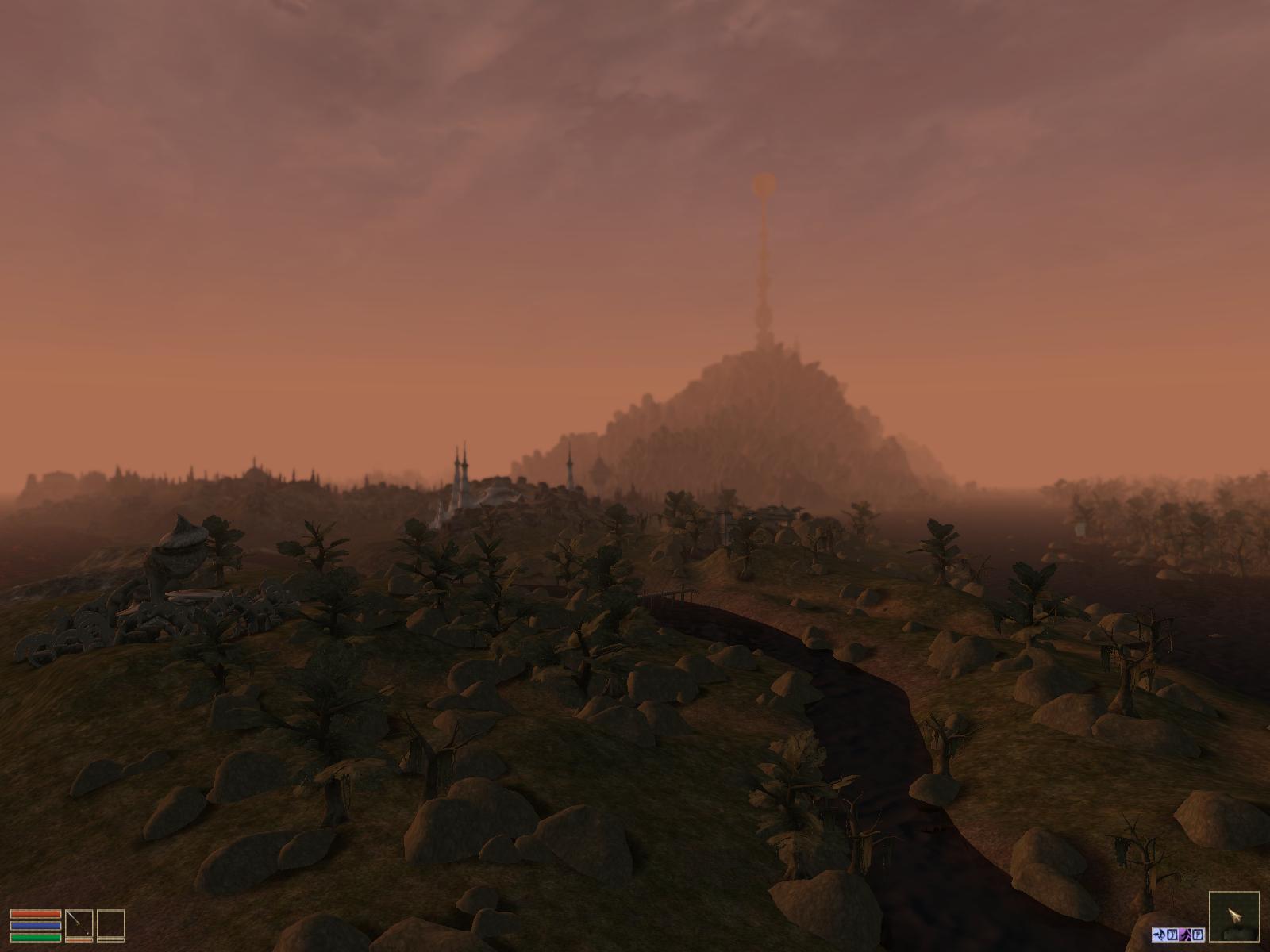The desert, often synonymous with desolation and harshness, embodies an intricate tapestry of life that flourishes despite adverse conditions. These arid landscapes, which may appear barren at first glance, are home to an astonishing variety of organisms and unique ecosystems. This article delves into the captivating facts about deserts, revealing the hidden life and extraordinary adaptations that make them remarkable.
1. Diverse Types of Deserts
Deserts are generally categorized into four primary types: hot, cold, coastal, and semi-arid. Each type possesses its own climatic characteristics and biological communities.
- Hot Deserts: These deserts, like the Sahara and the Mojave, experience extreme temperatures, often exceeding 100°F (38°C) during the day and dropping significantly at night.
- Cold Deserts: Found in regions like Antarctica and parts of Mongolia, cold deserts can have harsh winters with frigid temperatures and snow.
- Coastal Deserts: Situated along coastlines, these deserts, such as the Atacama, exhibit unique climates influenced by ocean currents, leading to less extreme temperature variations.
- Semi-Arid Deserts: These deserts receive slightly more precipitation than their arid counterparts and often support a more diverse range of flora and fauna.
2. The Rain Shadow Effect
One significant factor contributing to desert formation is the rain shadow effect. This phenomenon occurs when moist air is forced to rise over mountains, cooling and losing moisture in the process. As the air descends on the leeward side, it warms up and becomes arid, creating perfect conditions for desert environments. Prominent examples include the Great Basin Desert in the United States.
3. Remarkable Flora
Desert plants exhibit remarkable adaptations to conserve water and withstand extreme temperatures. These adaptations can be both structural and physiological.
- Succulents: Cacti and other succulents store water in their fleshy tissues. The iconic saguaro cactus can hold thousands of liters of water during periods of rainfall.
- Deep Root Systems: Many desert plants, such as mesquite trees, develop long taproots that penetrate deep into the ground to access groundwater.
- Waxy Coatings: The exterior of desert plants often features a waxy coating that reduces water loss through evaporation.
The lifecycle of desert plants can be surprisingly dynamic. Some species are annuals that only germinate, grow, and reproduce during brief periods of rainfall, leaving behind dormant seeds during extended dry spells.
4. Adaptations of Desert Animals
Desert animals have evolved a myriad of adaptations to survive in their inhospitable habitats. Their survival strategies range from behavioral to physiological adaptations.
- Nocturnal Behavior: Many desert animals, including the fennec fox and various rodents, are nocturnal, enabling them to avoid the sweltering daytime heat.
- Water Conservation: Creatures like the kangaroo rat have adapted to survive without drinking water, extracting necessary moisture from seeds and food sources instead.
- Physical Adaptations: Some reptiles, such as the horned lizard, have developed ways to absorb and store water, while others possess specialized skins that minimize moisture loss.
Temperature regulation in these animals is also critical. The color of their fur or skin often helps reflect sunlight, while burrowing provides refuge from the extreme weather conditions.
5. Microhabitats Within Deserts
Deserts are not homogeneous landscapes; they contain diverse microhabitats that support varying forms of life. For instance, rock crevices, sand dunes, and oases serve as sheltered niches for flora and fauna.
- Rock Crevices: These provide safe havens for small mammals and reptiles, protecting them from predators and temperature extremes.
- Sand Dunes: Despite appearing inhospitable, these formations can harbor unique species of beetles and plants specially adapted to shifting sands.
- Oases: Life-giving sources of water attract a plethora of wildlife, providing essential resources for sustenance and breeding.
6. Unique Phenomena: Desert Blooms
A fascinating phenomenon in desert environments is the occurrence of “desert blooms.” During infrequent and substantial rain events, dormant seeds awaken in a spectacular display of colorful wildflowers. This ephemeral beauty transforms the normally drab landscape into a vibrant tapestry, showcasing species such as the California poppy, desert primrose, and the desert lily.
7. Cultural Significance and Human Impact
Deserts have significantly influenced human culture and history. Many indigenous peoples have adapted their lifestyles to these environments, utilizing available resources efficiently. Additionally, some deserts are focal points for archaeological studies, revealing insights into past civilizations.
However, human activities and climate change pose significant threats to these fragile ecosystems. Increased mining, urban expansion, and tourism can disrupt local wildlife and vegetation patterns. Sustainable practices and conservation efforts are vital to preserve these unique environments for future generations.
8. The Future of Deserts
As climate change continues to alter weather patterns globally, the dynamics of deserts are likely to evolve. Areas currently classified as semi-arid may experience desertification, while others may face unprecedented droughts. Understanding these changes and their implications for biodiversity is crucial for effective conservation strategies.
In conclusion, deserts are not merely lifeless expanses of sand and rock. They are complex, vibrant ecosystems teeming with life, showcasing resilience and remarkable adaptations. By appreciating the diversity and intricacies of desert environments, we can foster a deeper connection with these extraordinary landscapes.









